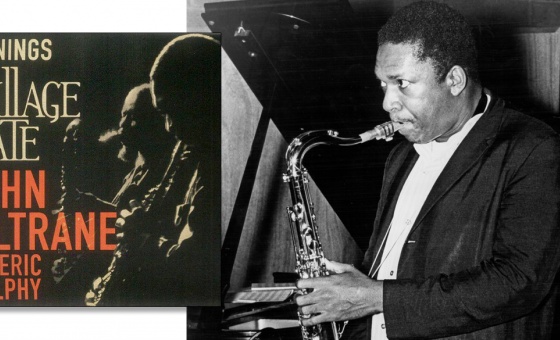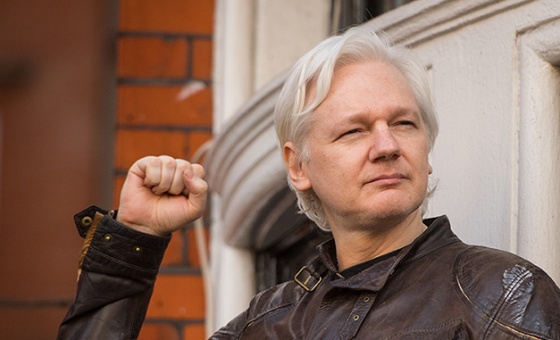This is the last article you can read this month
You can read more article this month
You can read more articles this month
Sorry your limit is up for this month
Reset on:
Please help support the Morning Star by subscribing here
IT WOULD almost seem that in a final push to rid the Labour Party of any vestige of political decency, never mind socialist aspiration, Keir Starmer is doing his very best to chase the left from Labour Party membership.
How else do we interpret the welcome that Natalie Elphicke, Dover MP and Tory rat, received from the Labour leadership as she swam for dear life, or whatever else she may have been offered, from Rishi Sunak’s sinking ship.
As John McDonnell said on LBC: “It certainly is a stunt that … has implications for the Labour Party … because of the views that Natalie Elphicke has expressed in the past … some of which I don’t think the party should be associated with.”
There are certainly some on the left who will see this as confirmation that the need for an electoral alternative to the Labour Party has been signed, sealed, though not yet delivered.
A wide range of left groupings, 15 in all, ranging from George Galloway’s Workers Party to the Breakthrough Party to the recently formed Collective led by former ANC MP Andrew Feinstein, have now come together in an electoral pact designed to present a serious challenge from the left at the general election.
Let us leave aside, although many will not be able to, the considerable political differences between many of the groups involved. The Workers Party, for example, is notoriously conservative on many social issues.
What are the underlying assumptions of this project? There are three. The first is that the working class is unconvinced about, if not hostile to, the Labour Party. The second is that changing the Labour Party is nearly impossible and the third is that there is evidence that a credible electoral challenge can be mounted.
Let’s take the empirical evidence of a credible challenge first. This is based on Galloway’s Rochdale by-election result followed by some independent and left successes in the local elections.
Leaving aside the difference between by-elections and local elections and general elections, the recent results absolutely do not provide evidence for a significant breakthrough by a left alternative. Perhaps the clearest example of this is the campaign run by Jamie Driscoll.
According to an editorial in the Morning Star last July “…different groups and individuals driven out of Labour are taking a variety of steps, of which the most important to date is North East Mayor Jamie Driscoll’s decision to contest the next election as an independent … If their example were to be more widely emulated, then the skeleton of a new political initiative would begin to take shape.”
The Labour Party refused to allow Driscoll to stand as candidate for mayor of the North East, despite a highly successful period as mayor of North of Tyne, for reasons that are almost certainly related to his support for the leadership of Jeremy Corbyn.
In the event Driscoll lost to Kim McGuinness by 41.3 per cent to 28.2 per cent. McGuinness, a former police and crime commissioner, is local and from a working-class background and she offered a manifesto that you might have expected from a progressive candidate — green jobs, green homes, foundational economy, skills, support for families and so on. That and the fact she was a Labour candidate would seem to have been the deciding factors in the contest.
But there were significant gains for the left. For example, the Workers Party of Britain won four seats — two in Rochdale, one in Calderdale and one in Manchester, where they ousted the Labour deputy leader of the council, Luthfur Rahman. And nearly 70,000 people voted for the independent pro-Palestinian candidate, Akhmed Yakoob, in the West Midlands mayoral contest. In these cases, strong support for the Palestinian cause was critical as it was in many other areas of independents’ success.
In these contests Gaza was the determining factor, not wider politics. The BBC analysed 58 local council wards where more than one in five residents identify as Muslim. In these wards Labour’s share of the vote was 21 per cent down on 2021. The biggest drops in support appear to have occurred where the party’s support was already very strong, meaning it had less impact on Labour’s overall performance. This is an important point, because whereas Labour lost a fifth of its vote in 2005 after the Iraq war, such was the size of its majority, it did not lose power. We can expect a similar effect at the next election.
If the evidence does not support the likelihood of electoral success for an independent left, what about the other assumptions? Is there a softness in support for Labour? “Yes” is undoubtedly the answer, but it is not of a nature to deter those determined to vote to rid themselves of the Tories, from voting for the only serious alternative on the ballot paper: the Labour Party.
Evidence of that can not only be found in the local elections in England but in Scotland where an alternative to Labour, the allegedly left of centre SNP, already exists.
Despite nearly total dominance of Westminster seats since 2015, the SNP is losing more and more ground to the Scottish Labour Party. While a good deal of this is associated with the SNP’s well advertised internal “troubles,” the desire to get rid of the Tories is a powerful factor.
A Survation poll in Scotland two months ago asked voters who they would back if they wanted to make sure there were no Tory MPs in Scotland after the next election. Some 43 per cent of decided likely voters said they would back Labour. Forty-one per cent said they would vote for the SNP.
The Labour Party is indeed an electoral behemoth, as Galloway once described it. SNP aside, it dominates the political space on the centre left in Britain and it has an extensive electoral machine with the necessary infrastructure to sustain it. But it is not immutable. Indeed, the Corbyn victory demonstrated that the left can win control of the party, but it needs to learn how to sustain it.
On a more modest level, the continued pressure of the trade union movement and its capacity to influence Labour Party policy is clear in the recent meeting between the Labour Party leadership and the affiliated unions over the New Deal for Working People, where the union leaders appear to have scored a victory in ensuring that the deal as agreed in July will remain intact. Even if, as some sources suggest, this is not the case and the right manages to dilute some of the planned reforms, is there any other viable route to improving trade union rights in Britain?
And beyond the unions, left activists continue to fight their corner. In my own constituency of Glasgow Kelvin, the executive had previously resigned because we were not permitted to discuss the situation in Palestine.
Last month the former secretary submitted a motion on Gaza. This time there was no attempt to stop the discussion. The motion not only reiterated a call for an immediate ceasefire in Gaza, but called on the Scottish Labour leadership, and the UK Labour leadership among other things to “press for a complete economic, cultural, sporting, and academic boycott of Israel until it ceases its aggression in Palestine and is willing to engage seriously in discussions on a two-state solution in the region.”
It passed with an overwhelming majority. Victory is possible. Even in the belly of the beast.











